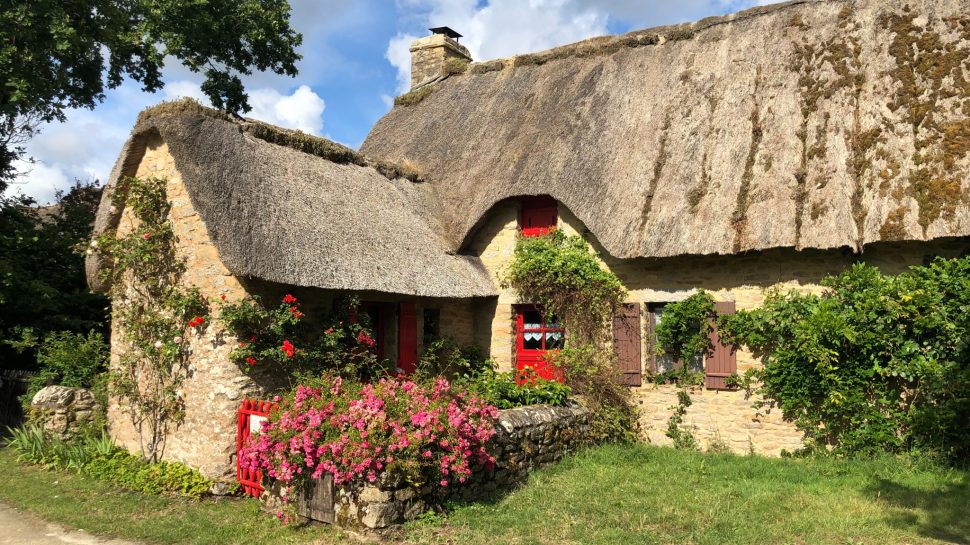need to find out when your house built? You might just be curious, or you may need to know for insurance purposes or if you’re selling. Our quick guide shows you the simplest ways to find out the age of your property. Depending on what type of home you have, finding out its age could be a very quick and simple process.
How do I find out when a house was built?
The easiest way to find out when a house was built is to search look at its ‘title register’. This is more commonly known as the ‘title deeds’. The title deeds are proof of ownership of the property, but they also tell you when the property was sold to the first owner by the property developer. If you are the current owner, your conveyancer should have sent you the title deeds after the sale was completed.
However, if you don’t own the property, or you can’t find the title deeds, HM Land Registry should be your first port of call. If you can’t find your answer there, we have a range of other avenues to suggest below.
What is HM Land Registry?
HM Land Registry is the national register of all owned land and property in England and Wales. It keeps records of ownership for assets valued at over £7 trillion, covering 87% of England and Wales’ land mass. Anyone who wants to take on a mortgage, buy or sell property must register the change of ownership status with HM Land Registry.
How can you find out when a house was built through HM Land Registry?
To find out when your house was built head over to the HM Land Registry site and follow the instructions . You only need to know the property address. If the property is registered, you can discover the approximate age of the property by checking the date of the first transfer or lease by the developer.
Remember, this service is only available for properties in England in Wales. Scotland and Northern Ireland have different land registries you can use, which are just as easy to navigate.
How much does it cost to use HM Land Registry to Search for property information?
It only costs £3 to download the title register of a property through HM Land Registry. You can pay online using a debit or credit card.
What else can you find out about a house through HM Land Registry?
It’s also possible to download the property’s title plan through HM Land Registry. This shows the general land boundaries of the property, and it also costs £3. Finally, you can see the property’s flood risk indicator, which costs £10.80.
Are there other ways to find out when a house was built?
If the HM Land Registry doesn’t have the answer, you can find out when your house was built by checking your mortgage survey or asking your local authority. The survey may indicate the build date of the house, or your local authority might know its age in reference to planning permission grants.
If you live in a Grade II or Grade II* listed building, you might have more luck with the National Heritage List for England (NHLE). The NHLE is the official register of all nationally protected historic buildings and sites in England. If it is listed there, the NHLE will have a record of your property’s age.
How can you find out when a house was built offline?
If you can’t discover the age of your house online, you might find the answer offline instead. Try asking people in the area who live in properties of a similar style and build. Alternatively, you could try the archives of your local library or country record offices.
Failing all of that, you could try and get in contact with a local historical society or architecture company. Anyone with good knowledge of the local area’s history might be able to point you in the right direction.
Are older houses better built than newer homes?
Older homes are often built with stronger construction materials than modern ones, particularly in terms of wood and plaster. There is no guarantee that an older home will be better built than a newer one, but generally you can expect an older one to be built to last.
There is also the home’s character to consider. Older properties, particularly period homes, tend to offer more charm and style. If you’re looking to know more about listed buildings and period properties, our guide to Georgian, Edwardian and Victorian homes can help.
HomeViews provides verified resident reviews of the UK’s housing developments. We’re working with developers, landlords and the Government to recognise high performers and help to improve standards in the built environment.
The post How to find out when a house was built appeared first on HomeViews.

